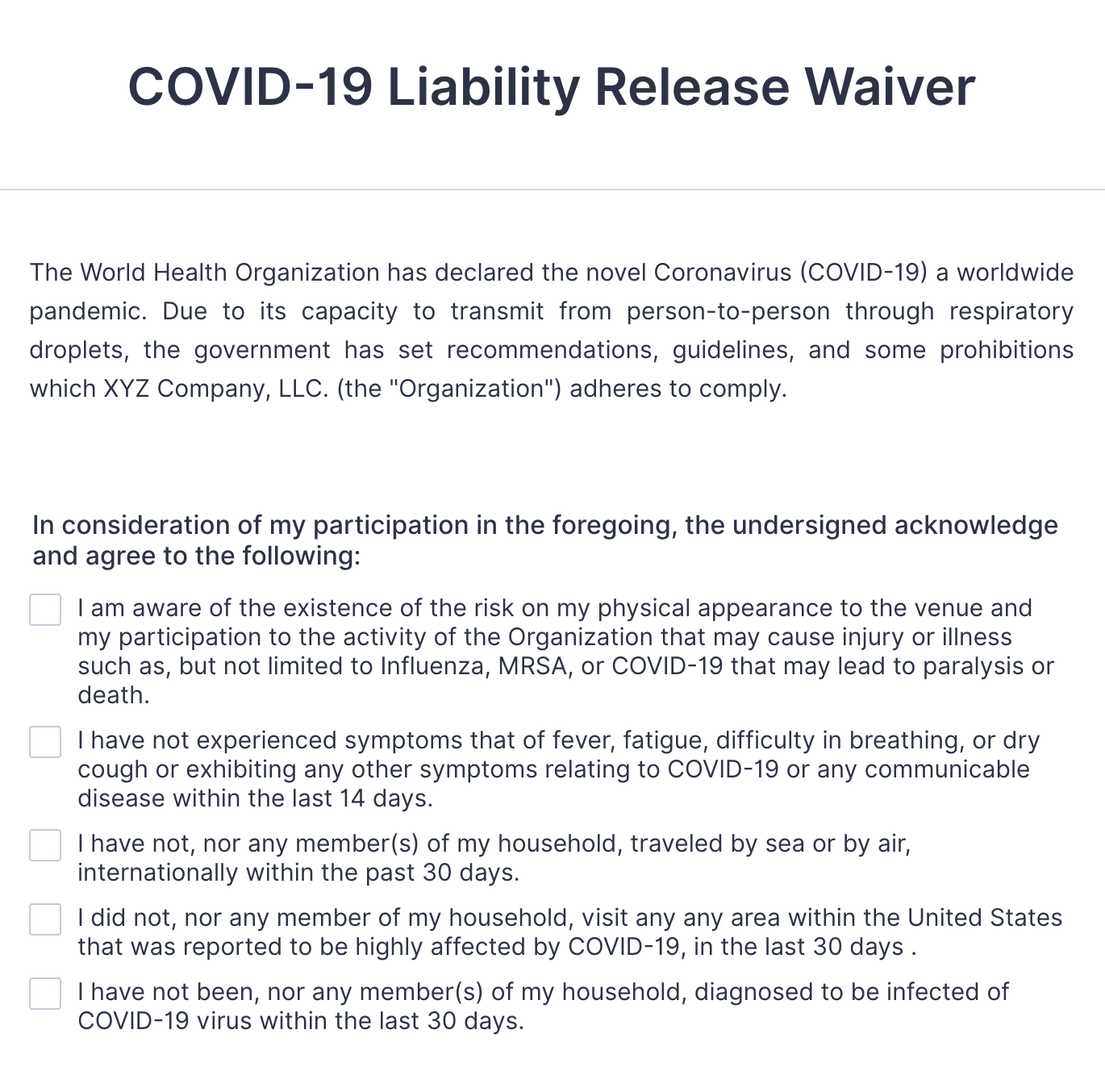Steps to prepare your theme park
- Update the way you use your space
- Rethink employee interactions
- Minimize high-touch surfaces
- Create a plan for screening guests
- Integrate face masks
- Update your liability waiver
When the COVID-19 pandemic hit, “theme parks were one of the first places to shut down,” recalls Brad Kissling, RLA, principal, planning at Thinkwell Group. Now, theme parks are reopening, but things look very different than before. In some states, theme parks are limited to just 25-percent capacity, and many parks have had to cancel major events.
Theme parks face the challenges of generating profit as a business and providing memorable visitor experiences — all while working within state restrictions to prevent the spread of COVID-19. Whether it’s a family-run local attraction or a major tourist destination, there are a few key ways all theme parks need to adapt to keep guests and employees safe upon reopening.
1. Update the way you use your space
The Centers for Disease Control and Prevention (CDC) advises keeping at least 6 feet away from people outside your household to reduce the spread of COVID-19. Reducing visitor numbers in line with government restrictions will help provide the necessary space, but it’s still important to avoid bottlenecks and crowding inside the park. Setting up one-way routes and keeping people moving through busy areas can help guests keep a safe distance.
Thinkwell Group, which specializes in the creation and planning of theme parks, notes that traditional queue management techniques maximize the number of guests in a limited space, making them incompatible with social distancing.
Reinventing queue management might involve redesigning preshow areas to allow more space, or avoiding lines by using virtual queueing systems. For example, to experience Disney’s Star Wars: Rise of the Resistance, guests sign up on an app and return at a specific time to enjoy the ride.
2. Rethink employee interactions
Theme park employees are on the front lines of customer services. They handle money and tickets and work with hundreds of guests every day.
To protect your employees from virus transmission, you can use technology to make interactions between employees and guests contactless. For example, encourage guests to use mobile tickets and contactless card payments.
You can also use technology to reduce contact between employees by handling administrative tasks in a paperless way. Digitizing documents like your employee handbook, work schedules, and timesheets cuts down on the paperwork employees pass around.
3. Minimize high-touch surfaces
The many high-touch surfaces around theme parks pose a risk for transmission of the virus between customers. Surfaces like tables, handrails, and handlebars on rides need to be disinfected as frequently as possible, but you can also minimize the number of surfaces guests touch by using technology.
Issuing guests with radio-frequency identification (RFID) wristbands allows them to check into the park, make purchases, and open lockers simply by tapping their wristband against a scanner, with no need to touch keypads and buttons. Thinkwell Group also sees potential for theme parks to develop more interactive experiences that use guests’ cell phones. This reduces the need to touch shared surfaces and has the added benefit personalizing the experience.
4. Create a plan for screening guests
To prevent guests who may be infected with COVID-19 from coming into the park, introduce screening measures at the entrance. This may include asking guests to complete a screening form, indicating if they’ve experienced any symptoms or been in contact with a suspected case.
Some theme parks also check guests’ temperatures at the gate, and reserve the right to refuse access if a guest has a fever. For example, SeaWorld Orlando takes temperatures and won’t allow anyone with a temp of more than 100.4 degrees to enter.
Thinkwell Group advises communicating effectively and clearly with guests before they arrive. Outline your screening requirements on your website and during the booking process to set expectations and minimize the number of people who arrive and are refused entry.
5. Integrate face masks
Face masks help slow the spread of COVID-19, and in some locations, wearing a face covering in public is a legal requirement.
It’s important to set clear guidelines on when and where masks need to be worn. Depending on your local regulations, this may include instructing guests to put on their masks at the entrance to buildings or placing signs near food kiosks reminding them to replace their masks as soon as they’ve finished eating.
Thinkwell Group notes that as long as masks and face shields are a necessity, we’ll likely see them integrated into the theme park experience. Some theme parks have started designing masks for their employee uniforms that fit the themes and style of the environment.
6. Update your liability waiver
Even with extra safety protocols in place, it’s impossible to eliminate the risk of COVID-19 transmission when a theme park reopens.
Many theme parks and attractions already have a liability waiver to protect the business from legal action in case of guest injury. To cover your business from legal action should someone contract the virus, consider amending your existing waiver or adding a COVID-19-specific liability waiver to your process.
When a guest signs the waiver, they acknowledge and take legal responsibility for the risks of enjoying the theme park attractions.





















Send Comment: